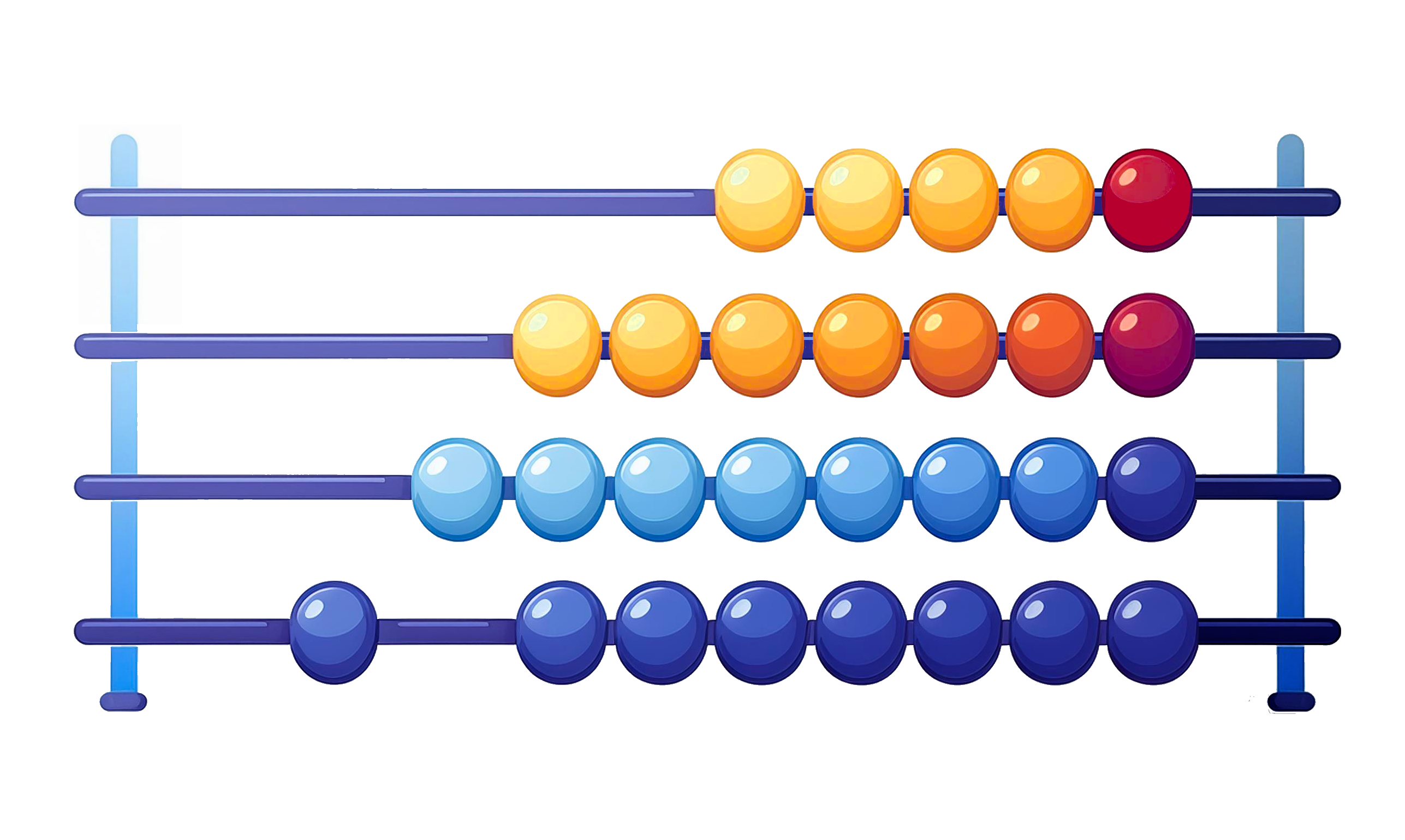
The Art and Science of Phospho Flow: Capturing Cell Signals with Cytometry
Intracellular signaling cytometry uses antibodies that bind to specific epitopes on signaling proteins, usually to activated forms of the protein, to analyze signaling dynamics at a single-cell resolution. These data can be valuable for many kinds of studies, from basic research to clinical trials, but pose additional challenges compared to immunophenotyping. In this post, we discuss some common considerations when designing an experiment with signaling markers in the panel.




